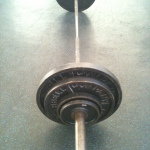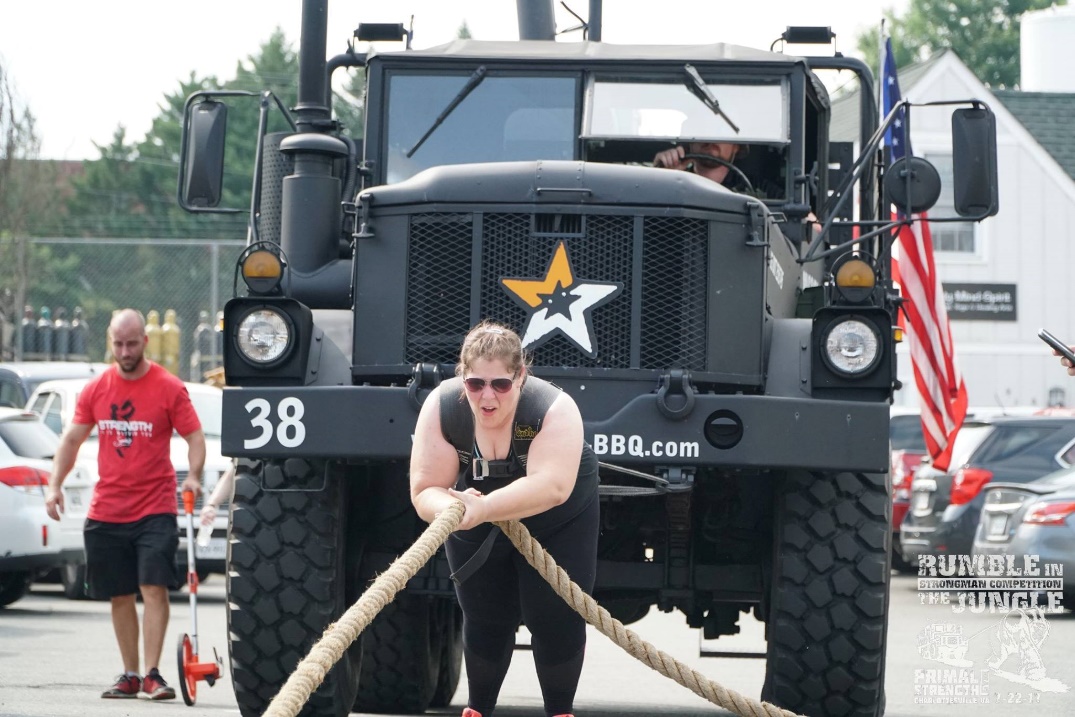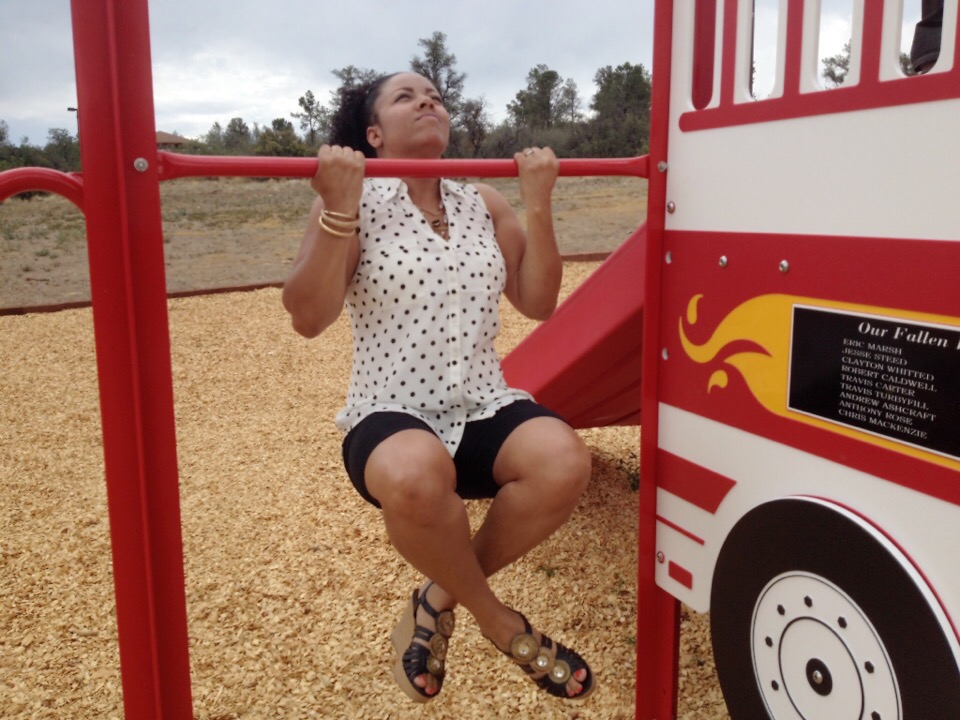Ugh. Injuries suck. Plain and simple.
Those of you who have been around for a while, know that I’ve had my fair share of injuries in the last 5 years or so. The worst of which where the awful “Achilles Fiasco of 2012” and the more recent shoulder monstrosity that I spent the better part of the last two years recovering from. Ummm. Yay.
During that time, I took it upon myself to dive in to ALL things injury (causes, prehab, rehab) to not only give myself the edge, but my clients as well.
In this broadcast, I went over some of my top tips for dealing with injuries. What to eat, how to supplement, what to expect, and what experts to seek out. (Broadcast was recorded live, so you may want to fast forward to around 3:25 ish where the wind/mic situation gets under control. Aaaah the joys of live recording. LOL)
Excel your strength, build better balance, improve mobility, AND overcome challenges such as pain, injury, and improper mechanics with this limited time BOGO offer!
Topics covered in this discussion:
Don’t let it get you down.
It’s easy to be discouraged and feel like the world is collapsing when you are in a groove with your workouts and get sidelined by a new/familiar pain. Know from the gate that not EVERY injury is avoidable. Of course beginner (and some intermediate/advanced) injuries are caused by ego and poor form, but a greater ratio of injuries are just part of the fitness process. Learn proper form, adjust your intensity levels slowly, and listen to your body. If you feel a twinge or like something isn’t right, back off the move and try again. If it still feels wrong, reevaluate whether you are using proper form, or if the pain is a sign that there is an imbalance/you are overcompensating with the *opposing* or surrounding muscles. Often the injury has nothing to do with the actual area that you feel the pain in, but rather is a referred pain due to an imbalance. Thank your body for pointing out this imbalance and do everything you can to bring up the lagging part.
Again, don’t allow it to discourage you or tempt you to throw in the towel on your fitness journey. Working out is your sport. You are an athlete. All athletes deal with injury at some point in their career. And the number one time they experience the injury? While performing their sport.
Eat at maintenance
Once you KNOW that you are sidelined for a period of time for healing, or that a body part will require more than just “an extra rest day” to recuperate, take your cals up to maintenance. Just as with the metabolic reset, healing requires proper fuel. Do not attempt to slash cals in effort to reach your goal anyway, or continue to eat in a deficit while rehabbing. This puts your body on a budget and it has to try to accomplish several feats at once…while doing none of them particularly well. Don’t make the healing process take longer than necessary, eat at full TDEE, and be sure to get in sufficient levels of protein to ward off muscle loss. (Not sure how much to eat? Check here)
Take into consideration your new activity level
With that being said, understand that your new activity level may be slightly lower than it was pre-injury. If you suddenly find that you can’t use your lower body (like I did when I injured my Achilles) you will likely be burning a LOT less cals than you used to. Either adjust your workouts so that you are still getting a similar style of workout WITHOUT putting the injured part at risk, or recalculate your TDEE using the new activity level and eat at THAT maintenance level.
Understand (and accept) the changes that your body may go through
Atrophy is for real. If you’ve ever had a limb in a cast, then you know that the adage “use it or lose it” is true. The less you use the injured part, the more it will atrophy. This means that even if you maintain your actual weight, your body composition may begin to change in a way that would not like. This is all a reality of the healing process. Although it’s not fun to see your hard work seemingly go down the drain – muscle memory is a beautiful thing and will aid you in getting back to your “pre-injury” shape quicker than you think.
Attempting to beat your body into submission with a deficit or more cardio, etc at this point will cause more harm than it’s worth. The deficit/excess cardio will not help and will actually encourage MORE muscle loss. You need to be doing everything in your power at this time to hold on to any and all muscle for as long as you possibly can. (Refer to the “eat at maintenance” tip.)
Supplement mentioned in the vid to slow down muscle loss: HMB, BCAAs
Be careful with NSAIDs
Though they can be a great help when you are in constant pain while simply relaxing (or trying to!), be careful of using them before working out. A common mistake is to take a pain killer and then proceed to workout as usual, pain-free. This can lead to further injury/tweaking of a muscle or joint because the pain indicator (that lets you know when you’ve pushed too hard) has been subdued. Pain is a natural indicator that the problem still exists, so whenever possible – allow it to guide you in your workouts, so that you do no further harm. If the pain is so great that you cannot workout at all, then DON’T. See a doctor immediately.
See a SPORTS-specific doctor
When the pain is so severe, or recurring that you must seek treatment, do so with a sports physician. A sports doc understands that you are an athlete whose greatest desire is to “get off the bench and back in the game.” This is typically not the case with your family practitioner. They want to help you stop the pain…by any means necessary. The diagnosis is often (not always) to simply stop doing the style of exercise that appears to be causing the pain. It is very disheartening to hear the words “stop squatting/dead-lifting/running” or worse (IMO), “quit lifting” when you KNOW that its the very thing that gives you life (or the physique you want). With a sports doc, you can say straight up “help me to fill-in-the-blank again,” and they totally get it. They will typically do everything in their power — or help you find someone who can — to get you back in the game.
Stay consistent with rehab (and pre-hab!) by having a few go- to sources on tap
Injury prevention/rehab resources mentioned
Kelly Starrett on YouTube
Becoming a Supple Leopard
Jill Miller – Yoga Tuneup
Hope you enjoy this replay, fam!
~Kiki
Excel your strength, build better balance, improve mobility, AND overcome challenges such as pain, injury, and improper mechanics with this limited time BOGO offer!

Should you just do cardio to lose weight? How heavy is heavy lifting? Do "strength" DVDs count? What if you don't want to lift? Sign up now for in-depth info on strength training and fat loss. You'll also receive special vids and free workout plans to help you get the most from your time in the gym.
No worries, we hate spam too!
Discover more from Eat More 2 Weigh Less
Subscribe to get the latest posts sent to your email.





Recent Comments